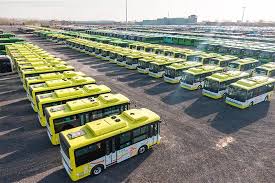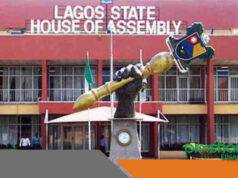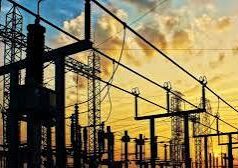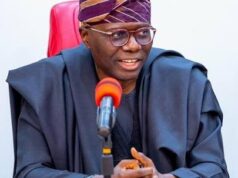
The federal government has chosen twelve universities, with two from each geopolitical region, to participate in the production of electric vehicles. This initiative is part of the First Nigeria policy under President Bola Tinubu’s administration and will be funded by the Bank of Industry along with other key financial institutions.
Mr. Oluwemimo Osanipin, the Director-General of the National Automotive Design and Development Council (NADDC), made this announcement in Uyo, Akwa Ibom State. He spoke during a stakeholders’ meeting with the Association of Motor Dealers of Nigeria (AMDON) and the Nigerian Automotive Manufacturers Association (NAMA).
The theme of the meeting was “Import of Used Cars and Dealership Regulation in Nigeria.” Osanipin emphasized Nigeria’s commitment to manufacturing components and parts as part of its strategy to produce locally made vehicles and support the First Nigeria Policy.
He stated that the country is progressing towards achieving 100% locally manufactured electric vehicles. He also mentioned that the federal government has established charging stations at ten universities in preparation for the project’s launch.
He explained, “When I took office, one of my key initiatives was to promote component development. However, it’s important to note that no country, company, or original equipment manufacturer (OEM) produces every part of their vehicles in-house.
For instance, the company that makes Mercedes vehicles relies on various suppliers for components like engines, while they handle the design and interior. There are also separate manufacturers for items such as bulbs and braking systems. No OEM produces all the components themselves, but we remain mindful of the importance of after-sales service.
“In addition to manufacturing parts for vehicle production, we also need to produce additional parts for after-sales service. For instance, if annual production is 500,000 vehicles, there are approximately 18 million vehicles on the road that require servicing. This highlights the necessity for increased parts production.
This is why we are focusing on the production of components and parts. Currently, we are in the process of expanding our operations. We have identified specific components where we can leverage our comparative advantage and reduce costs, such as plastic parts, which can be made from byproducts of petroleum.”











